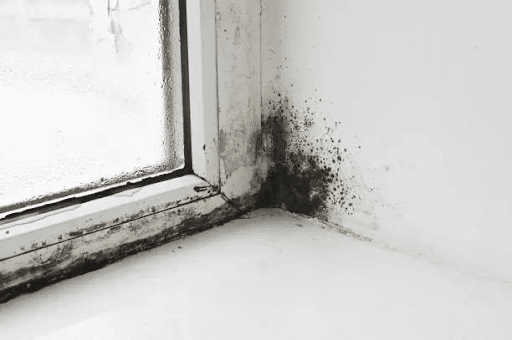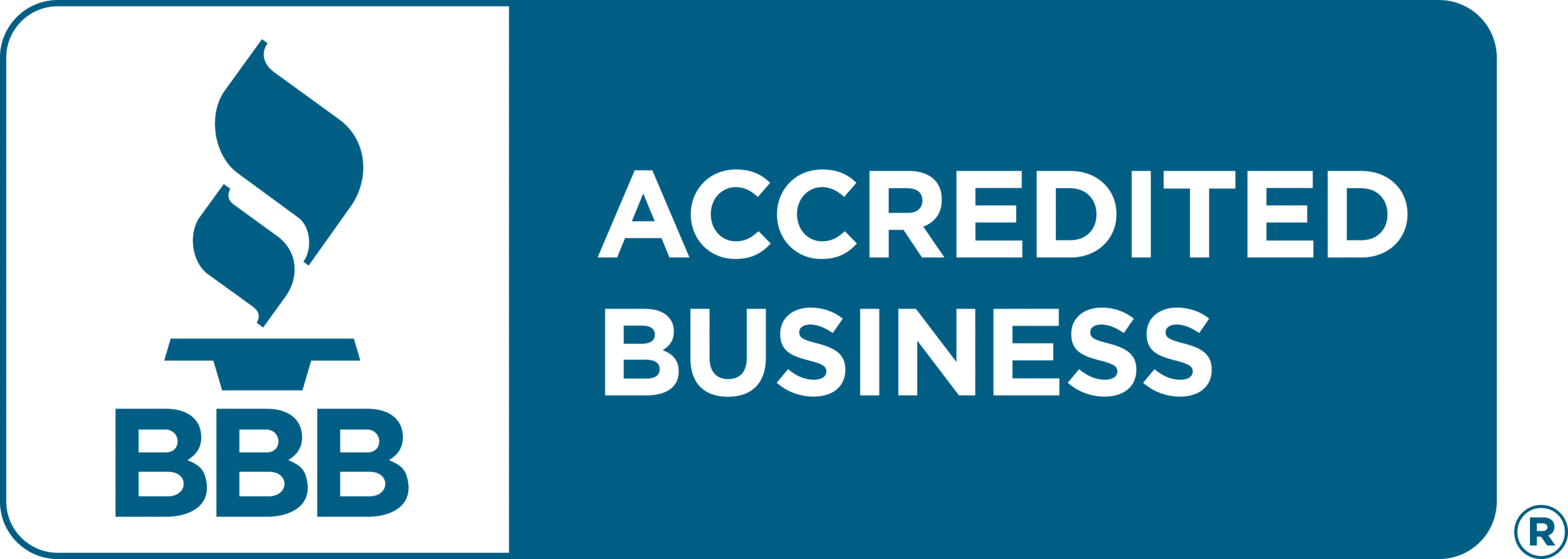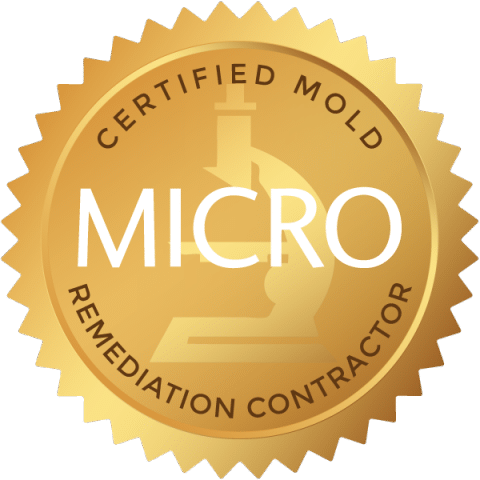Tips From a Mold Removal Expert: How to Get Rid of Black Mold
 For many homeowners, discovering black mold on their property is a nightmare — this is not without reason. With its sinister color and harmful effects, black mold can be detrimental to the inhabitants’ health and the property’s value. As such, mold removal becomes an immediate and non-negotiable necessity to ensure a safe living environment and maintain the home’s structural integrity.
For many homeowners, discovering black mold on their property is a nightmare — this is not without reason. With its sinister color and harmful effects, black mold can be detrimental to the inhabitants’ health and the property’s value. As such, mold removal becomes an immediate and non-negotiable necessity to ensure a safe living environment and maintain the home’s structural integrity.
Understanding Black Mold
Delving into the intricacies of black mold, it’s crucial to recognize its nature, characteristics, and why it’s a potential threat to our well-being. From its scientific identification to its common elements, understanding this mold’s attributes will allow homeowners to deal with it more effectively.
What is Black Mold?
Scientifically termed Stachybotrys chartarum, black mold is a toxic fungal species known for releasing spores during reproduction. When these spores are inhaled or come into contact with our skin, they can manifest various health problems, emphasizing the importance of timely detection and removal.
Causes and Common Places for Black Mold Growth
Black mold growth is largely attributed to the conditions of its environment. By pinpointing this mold type’s common causes and typical growth sites, homeowners can be better equipped to prevent its spread.
Humidity and Moisture: A Breeding Ground
The presence of excess moisture serves as a catalyst for mold growth. Areas within our homes, such as bathrooms, basements, or kitchens, are particularly susceptible, especially if they’ve experienced recent flooding or persistent dampness.
Poor Ventilation and Its Role
Stagnant air and consistent moisture set the stage for mold dominance. Spaces with restricted air circulation, like certain sections of basements or enclosed bathrooms, often become hotspots for mold, as the moist air fails to circulate and remains trapped.
Identifying Black Mold in Your Home
When it comes to safeguarding the health and integrity of your home environment, accurately identifying black mold is paramount. Not only do we need to recognize it visually, but we also need to be aware of the health symptoms it can instigate.
Visual Indicators of Black Mold
Black mold presents itself in ways that are often unmistakable once one knows what to look for. While many homeowners remain uninformed about the specific visual cues of this fungal presence, understanding its characteristic growth patterns is paramount.
- Colonization Pattern: Black mold often starts as small specks and spreads outwards in a radial, fan-like pattern. Over time, these small colonies can connect, forming larger, irregular patches.
- Surface Adaptation: On smoother surfaces, it may appear as splotchy patches, while on porous surfaces like wood, it might weave in and out of the grains, creating a more intricate pattern.
- Moisture Influence: In areas of high moisture, black mold might exhibit a more ‘fuzzy’ or ‘hairy’ appearance due to the rapid growth of its hyphae (filamentous structures). In contrast, drier areas might only have flat mold patches without this textured appearance.
With these insights, homeowners stand better equipped to identify black mold infestations early, an advantage that can’t be overstated given the significant health and structural implications that can arise from unchecked growth.
Health Symptoms Related to Black Mold Exposure
Black mold is more than just an unsightly household nuisance. Its spores, laden with toxic mycotoxins, can instigate various health symptoms upon exposure. From the seemingly benign to the considerably distressing, the implications of prolonged mold exposure should not be underestimated.
Persistent Headaches
Exposure to black mold can lead to the onset of persistent headaches. Mycotoxins are toxic substances produced by black mold that can have neurotoxic effects. When inhaled, these toxins can irritate nerve endings and cause inflammation in the brain, leading to recurrent headaches.
Coughing
When released into the air and inhaled, black mold spores can irritate the mucous membranes of the throat and lungs. The body’s natural response to this irritation is coughing, an attempt to clear out or expel these harmful spores.
Nasal Congestion
The inhalation of black mold spores prompts an immune response, causing the nasal passages to swell and produce excessive mucus. This reaction is the body’s defense mechanism, aiming to trap and eliminate foreign particles, which, in this case, are mold spores. The result is a feeling of stuffiness or nasal congestion.
Skin Rashes
Direct contact with black mold or its spores can cause dermatological reactions. Mycotoxins can irritate the skin, leading to inflammation, redness, and itching. This irritation can develop into rashes or hives in some sensitive individuals.
Aggravated Respiratory Symptoms
Individuals with pre-existing respiratory conditions, such as asthma or chronic bronchitis, are at a heightened risk when exposed to black mold. The inhalation of mold spores can cause inflammation of the airways, leading to bronchospasms or tightening of the muscles around the airways. This response can exacerbate symptoms in individuals with respiratory ailments, leading to increased difficulty in breathing, wheezing, or even asthma attacks.
Allergic Reactions
Mold acts as an allergen for many individuals. Upon exposure, the immune system identifies mold spores as harmful invaders, triggering an allergic response. Symptoms can range from sneezing, itching, and watery eyes to more severe reactions in susceptible individuals.
Understanding these symptoms and their origins is vital for immediate health concerns and the long-term well-being of individuals living in mold-affected environments. Immediate mold remediation and preventive measures can mitigate these health risks.
Proven Methods for Black Mold Removal
Successfully addressing black mold requires a multi-step, meticulous process. Proper mold removal not only ensures the safety and cleanliness of the environment but also helps maintain the home’s structural integrity.
Preliminary Steps for Safe Mold Removal
Before delving into the removal process, it’s pivotal to set the stage correctly. This means taking both preventive and preparatory measures, understanding the breadth of the infestation, and gearing up appropriately.
Addressing black mold removal necessitates systematic planning and execution. Before embarking on the task, understanding the mold’s scope and taking requisite safety measures are crucial.
- Determining the Extent of the Infestation: Conduct thorough inspections to uncover all mold colonies, especially in hidden areas like behind wallpapers and under carpets.
- Safety First: Protective Gear and Precautions: Equip yourself with essential protective gear such as masks, gloves, and goggles to prevent direct exposure.
- Preparing the Affected Area for Treatment: Seal off infested zones to minimize cross-contamination and prevent mold spores from spreading.
Laying a solid foundation in the preliminary stages of mold removal is essential. By adequately assessing, gearing up, and preparing the affected areas, homeowners can ensure a safer, more efficient mold eradication process.
DIY Mold Removal
For those facing minor mold infestations, a do-it-yourself approach can be cost-effective and efficient. However, this method demands a keen eye, the right tools, and an understanding of each step’s intricacies. Here’s a step-by-step guide to ensure successful mold eradication:
Preparation and Assessment
Before diving into mold removal, it’s essential to understand the full scope of the problem. An inspection flashlight proves invaluable, allowing homeowners to highlight and inspect suspect areas.
Donning gloves, a mask, and protective goggles are non-negotiable for personal safety. The goal at this stage is to ascertain the mold’s reach. It’s imperative to remember that mold doesn’t always reside in plain sight; it often lurks behind wallpapers, beneath carpets, or within concealed wall cavities.
Natural Cleaning Solutions
While commercial solutions are available, homeowners might first consider employing natural agents known for their efficacy against mold. A mixture of white vinegar and baking soda, easily applied using a spray bottle, can be a formidable opponent against mold colonies.
The vinegar’s acidity, coupled with the abrasive quality of baking soda, breaks down the mold. Post-application, scrubbing with a brush ensures thorough mold removal, but one shouldn’t forget the final step: rinsing to eliminate any lingering residues.
Store-bought Mold Removers
When natural remedies don’t achieve the desired results, commercial mold removers become necessary. When opting for this route, it’s crucial to use safety gloves and adhere strictly to the product’s guidelines. These commercial solutions, designed specifically for mold elimination, often yield potent results when used correctly.
The Scrubbing Process
Regardless of the cleaning agent used, scrubbing remains a critical component of mold eradication. Armed with a scrubbing brush and soapy water, target even the most stubborn mold spots. The key here is to maintain a consistent circular motion, ensuring comprehensive removal and leaving no trace of the mold behind.
Deep Cleaning and Treatment
Once the mold is removed, the battle isn’t over. The subsequent phase revolves around preventative measures. First, it’s pivotal to dry the affected areas thoroughly. Any residual moisture can act as a breeding ground for mold to return.
Utilizing tools like dehumidifiers or fans can expedite the drying process. Additionally, as an added layer of protection, consider applying mold-resistant paints or sealants. These products act as a barrier, discouraging mold resurgence.
Disposal of Mold-Infested Items
Unfortunately, some items, especially those of a porous nature, might be beyond redemption if heavily infested. In such cases, safe disposal becomes a priority. Wrapping these items securely in thick plastic bags, sealed tightly with tape, ensures that mold spores are contained, mitigating the risk of them spreading during disposal.
In essence, mold removal, while intricate, is achievable with the right tools, methods, and diligence. The focus should always be on thoroughness and prevention to ensure a mold-free environment.
When and Why to Consult a Mold Removal Company
While minor mold issues can be addressed through DIY techniques, there are specific scenarios where consulting a mold removal company is not only advisable but necessary.
Situations Requiring Professional Mold Remediation Near Me
Determining when to tackle mold on your own and when to call in experts is pivotal for effective mold management. Certain instances transcend the capabilities of typical household remedies and necessitate professional intervention for thorough remediation.
Large-scale Mold Infestations
When mold permeates vast areas of a property, it indicates a potentially more profound, systemic issue. In such cases, the intricacies involved in mold remediation are beyond the scope of general household solutions. The benefits of professional services become clear: they possess the requisite equipment, chemicals, and knowledge to handle such large-scale challenges.
Mold in HVAC Systems or Inside Walls
Some regions within homes are notorious for harboring mold yet remain inaccessible to the average homeowner. With their complex design, HVAC systems can become hotspots for mold growth. Similarly, the spaces between walls, typically unseen, can house mold colonies. Addressing these hidden threats requires specialized tools, knowledge, and skills, which professional mold removal companies are equipped with.
Benefits of Hiring a Professional Mold Removal Service
A professional mold remediation company does more than just address the present mold issue; it offers a comprehensive strategy to prevent future infestations. Leveraging their expertise provides homeowners with a thorough, reliable, and lasting solution.
Comprehensive Assessment and Removal
The value of professional mold removal services cannot be understated. Professional mold removers don’t just target visible mold. They conduct in-depth assessments, ensuring mold, even in its most inconspicuous forms, is identified and eradicated.
Guarantees and Long-Term Solutions
A significant advantage of hiring a mold removal company is their assurance. Many companies provide guarantees on their services, ensuring that treated areas remain mold-free for specific durations. Moreover, they can offer guidance on preventive measures, ensuring homeowners are equipped to deter future mold growth.
Black Mold Removal Near Me
Addressing the significant issue of black mold requires a multi-faceted approach, especially given the considerable health and structural implications that arise from unchecked mold growth. Understanding black mold’s origins, characteristics, and potential risks is the first step in effectively managing it.
The presence of mold, particularly in a pervasive manner, can lead to serious health concerns, including respiratory problems and skin reactions. Moreover, its growth can detrimentally affect a property’s structural integrity and value. While homeowners might be tempted to tackle minor mold challenges on their own using DIY solutions, it’s crucial to recognize the situations that mandate professional intervention.
As a leading mold remediation company with over 30 years of experience, we offer thorough assessments, guarantees on our services, and long-term preventive solutions. If you need professional mold removal near me, don’t hesitate to contact us.





